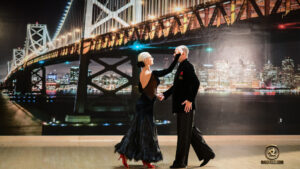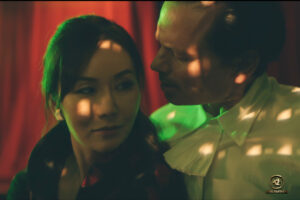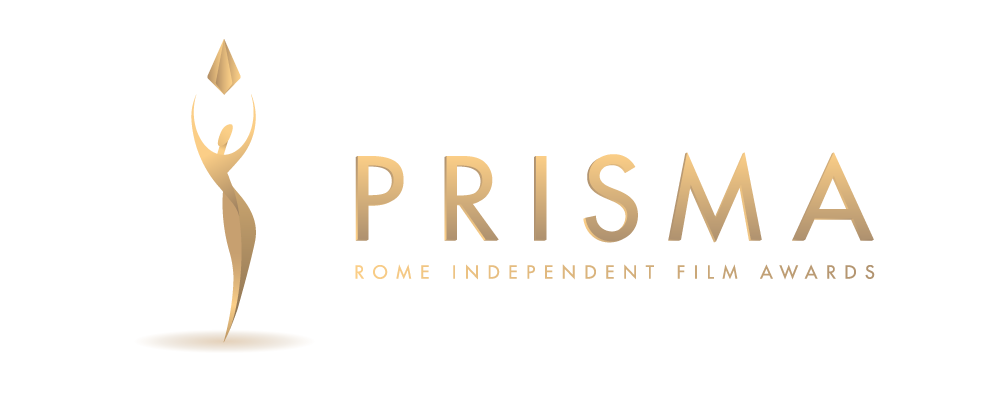12 Ott An interview with Crystal J. Huang, director of “Dark Feathers”
BIO

As my imagination continued to churn, I conceived the idea of having a detective figure out the mysterious circumstances surrounding the disappearance of my dance partners. In the film, this role was embodied by the character of Remy. My team of writers skillfully took these initial concepts, integrated them with additional characters, and expertly crafted the entire narrative.
The opening dance sequence serves as a visual treat, designed to captivate the audience’s attention, establish the story’s setting, and underscore the regal stature of Natalia and Angelo within the ballroom dancing world. Amelia’s solo dance, on the other hand, conveys a profound sense of sorrow following Kate’s mysterious disappearance. Each subsequent dance within the story serves a specific narrative purpose.

Remy conducted research into the deaths of Kate’s previous dance partners. He discovered that Alan had met his demise in a car accident, a tragedy with various plausible scenarios in which Kate was not present. Like anyone would, Remy empathetically put himself in Alan’s shoes, trying to understand how the events unfolded. However, what he unraveled differed significantly from Kate’s recollection of the same incident.
Furthermore, in the film, we learn that James’s death was attributed to “heart failure,” a result of a poisoned needle, while Kate informed Remy that George’s death was also categorized as “heart failure” during their studio conversation. This suggests a possible involvement of the clandestine group in these deaths. Intriguingly, Kate later confesses to being responsible for multiple deaths in the final scene, a confession that carries authenticity as she has no motive to deceive in her final moments.
Thus, it becomes plausible that Kate may have been the perpetrator behind some of her partners’ deaths, leaving the audience to ponder the layers of truth within the narrative. We intentionally crafted multiple possibilities, each sufficiently compelling to drive the progression of the story, keeping viewers engaged and questioning the reality of events.

You’ve managed to cast some of the world’s best dancers in “Dark Feathers”. What was the casting process like, and how did these renowned dancers contribute to the authenticity and impact of your film?
I have had the pleasure of knowing Iveta Faraci and Andrea Faraci personally, as I used to dance at their studio. This pre-existing connection made it relatively straightforward to approach them about showcasing their exceptional talents in this film, and they graciously agreed to participate.
As for Karina, she was selected by our casting director due to her background as a dance teacher, making her a natural fit for her role.
Gilles Marini was also chosen by the casting director, primarily for his striking appearance and dancing prowess. The fact that Karina and Gilles are close friends added an extra layer of chemistry between their characters on screen, enhancing their performances.
In the role of the detective, Scott Lea was cast despite not having a dancing background. His quick learning ability took us by surprise during the dance scenes, and he delivered a commendable performance.
I am working on the marketing and distribution of this film

